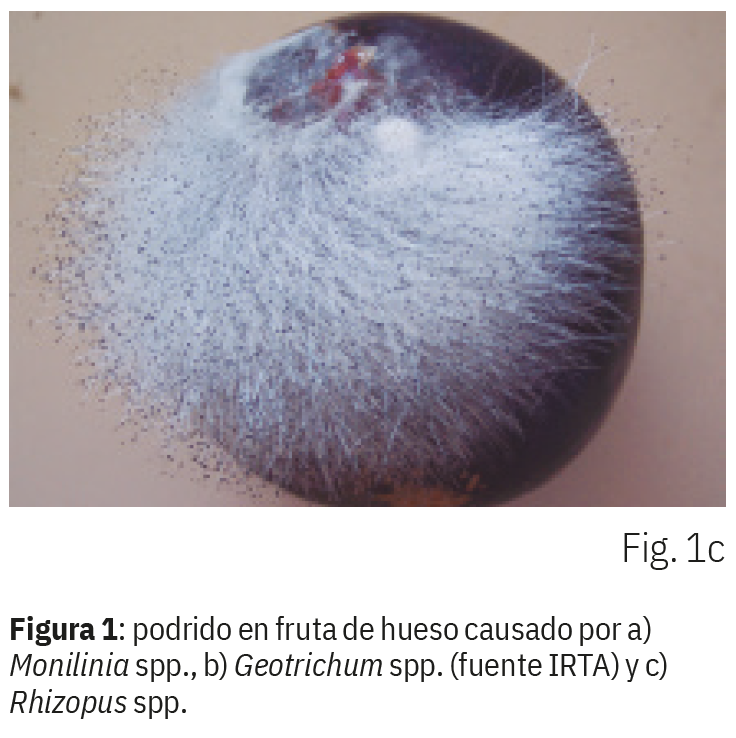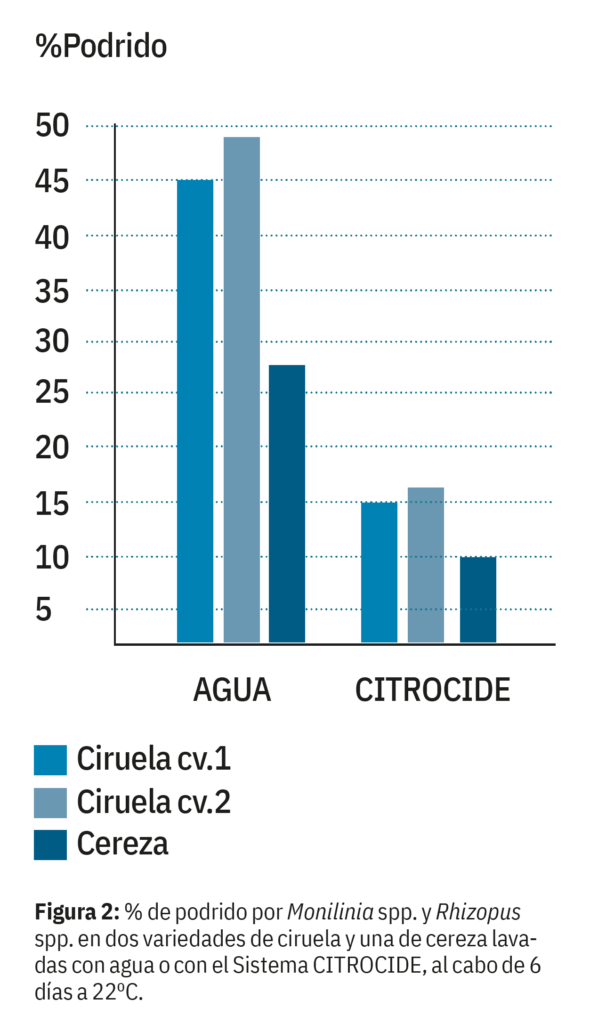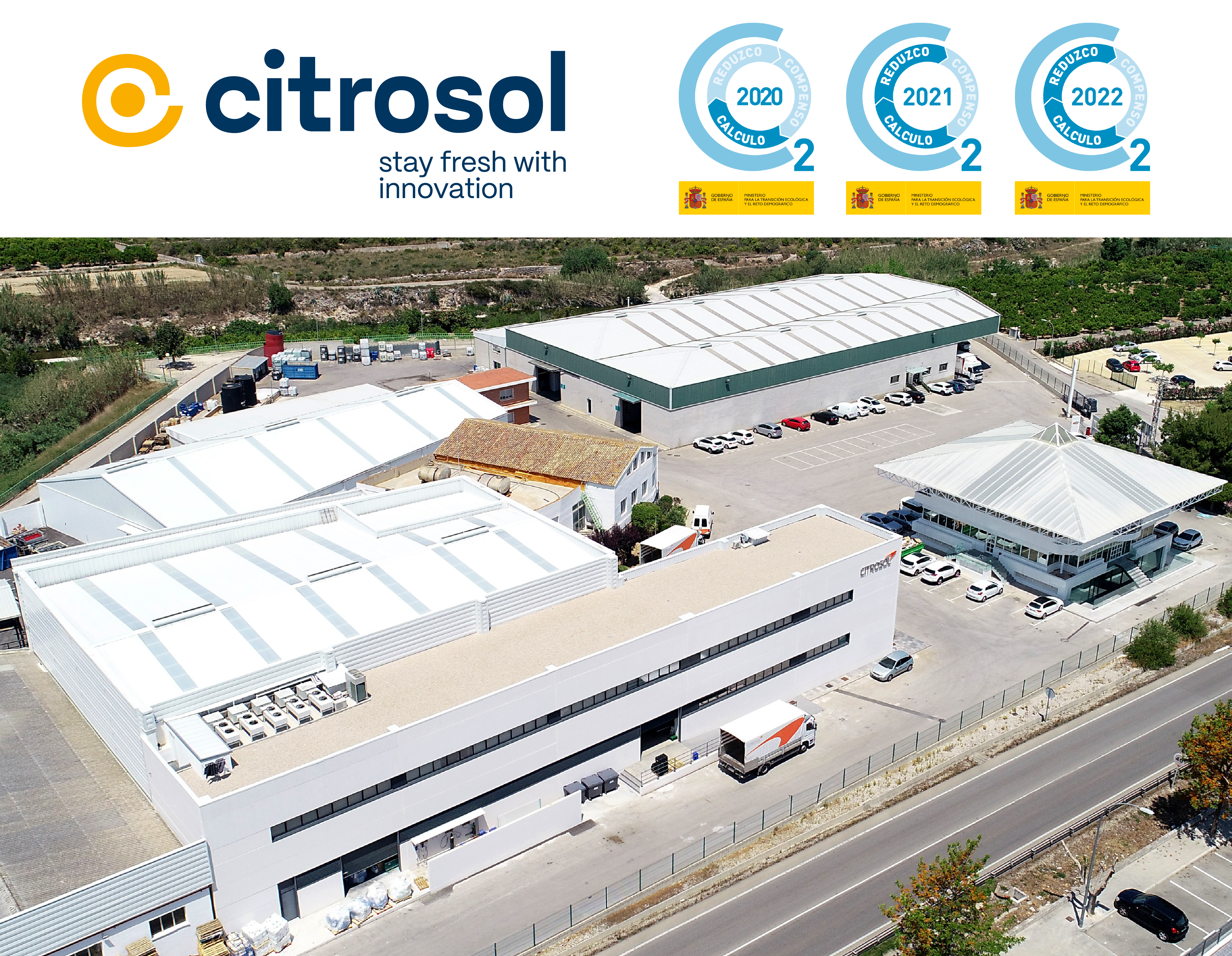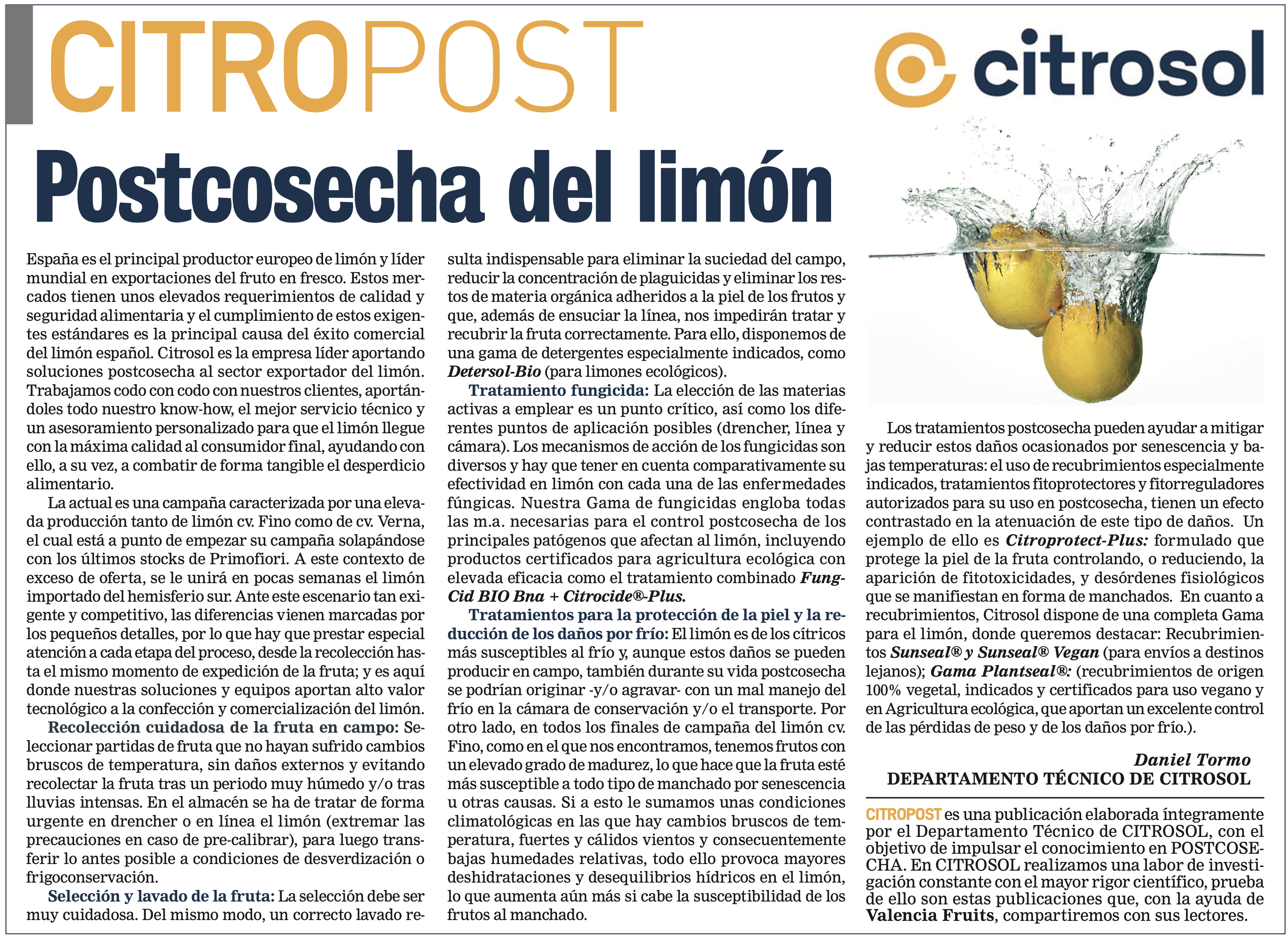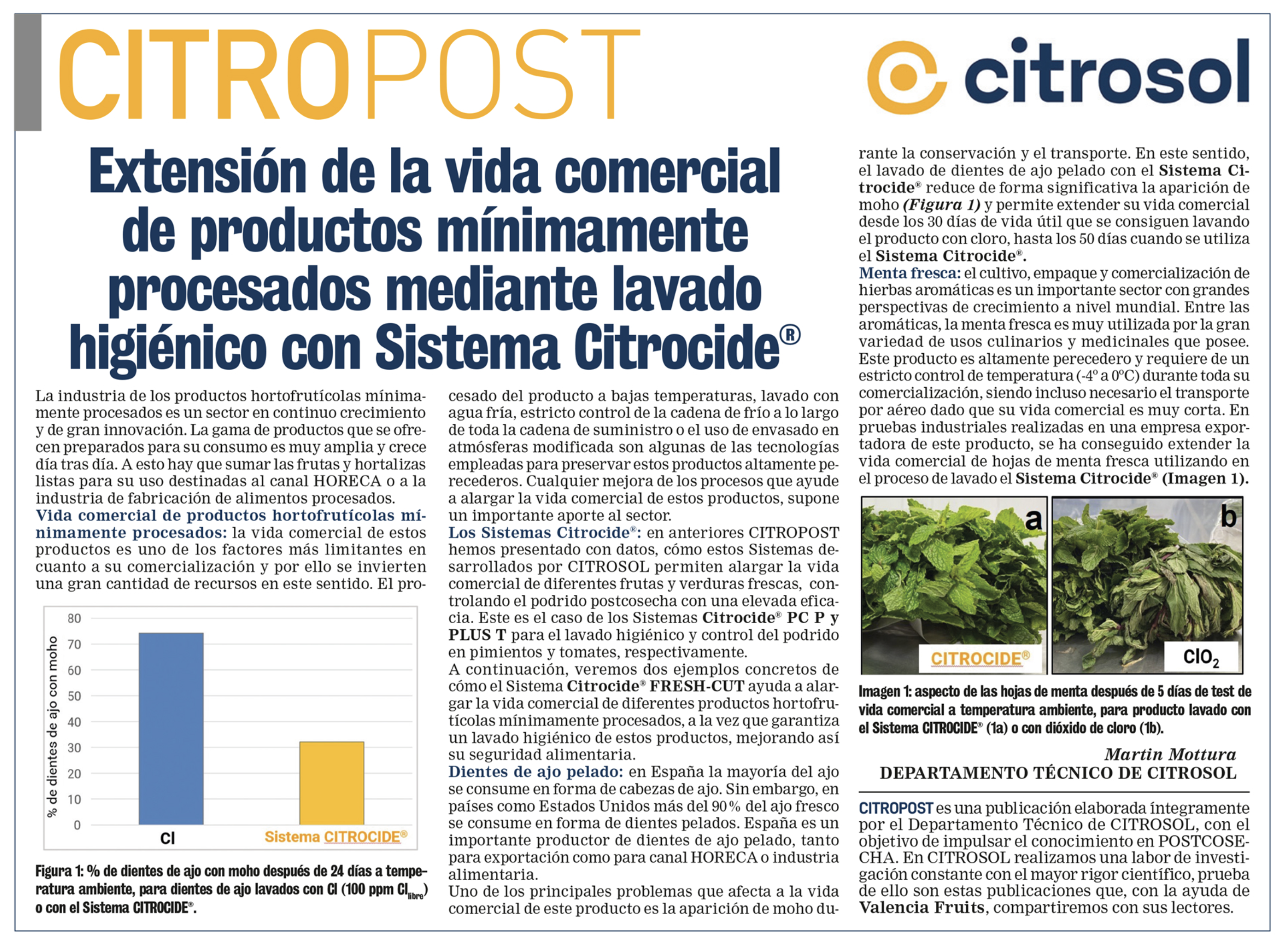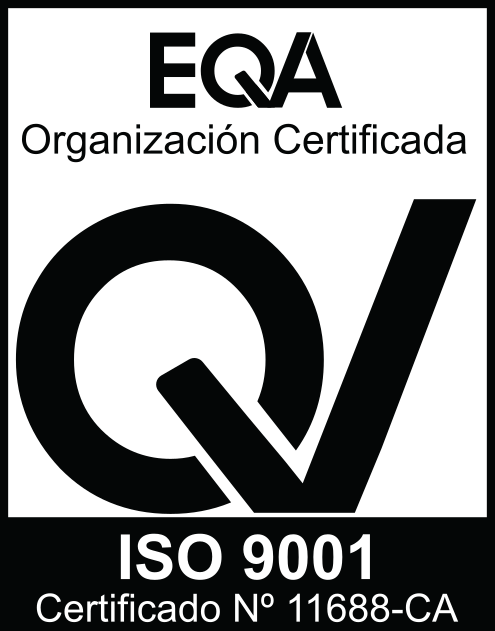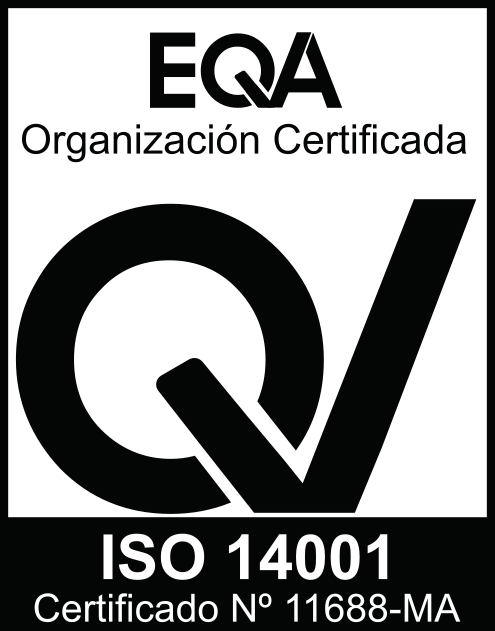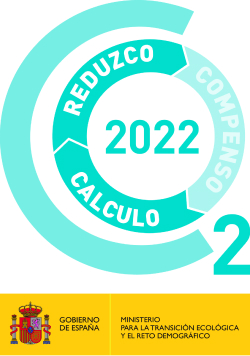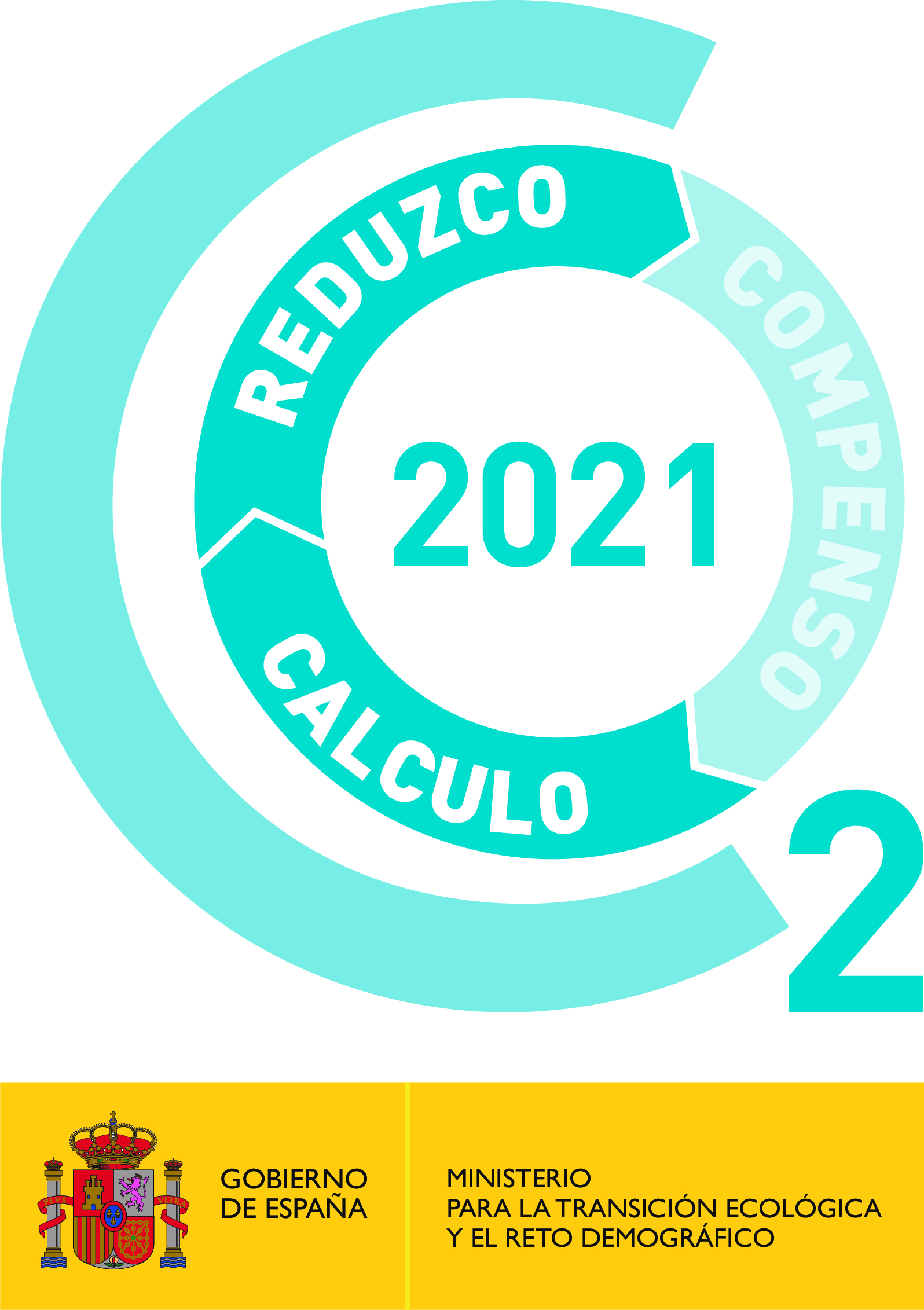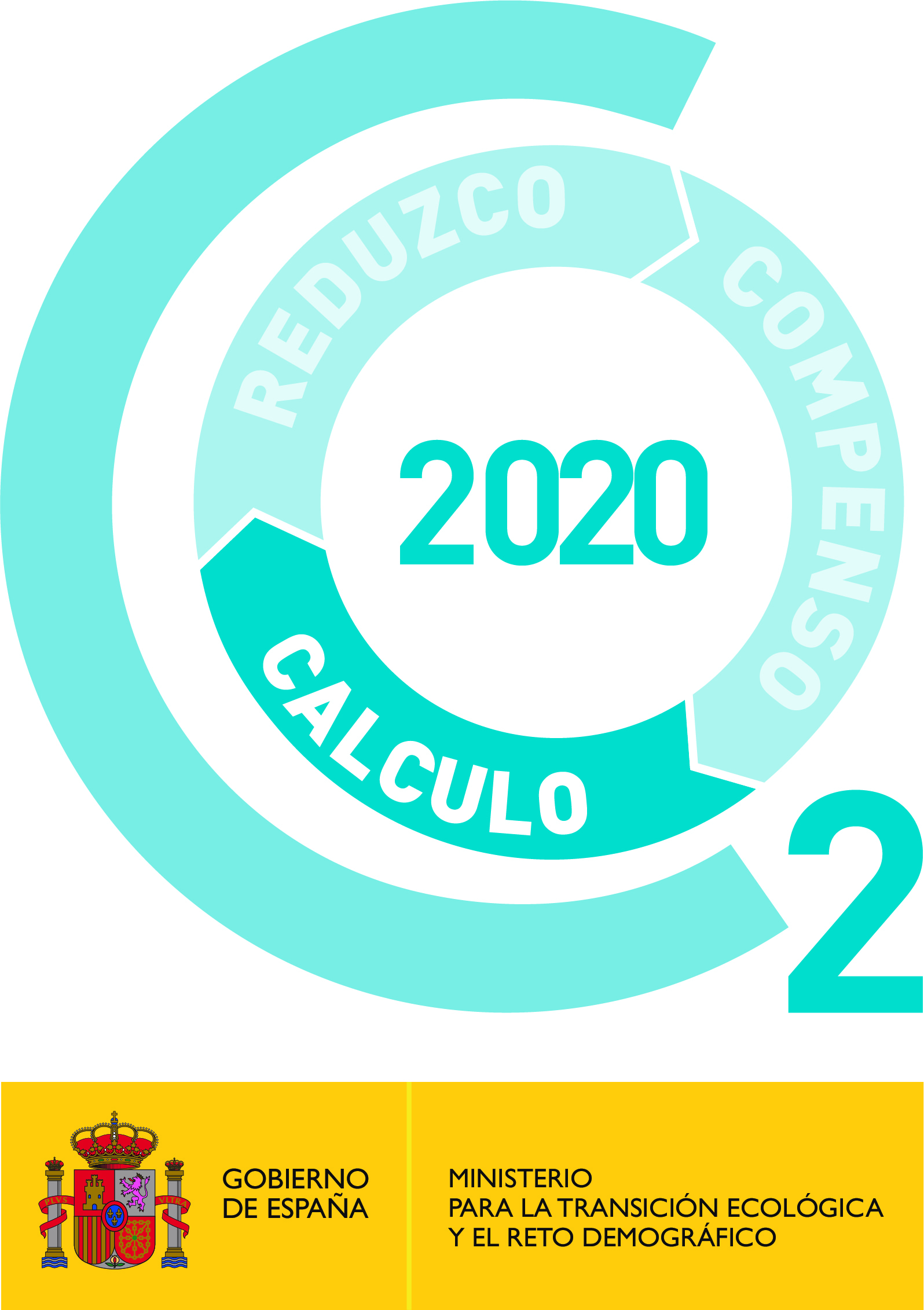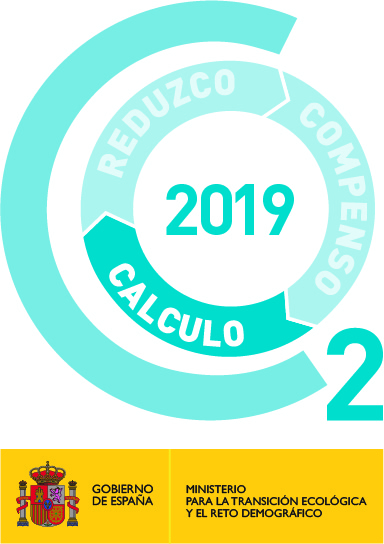Despite significant technological advances in the preservation of fruits and vegetables, large losses continue to occur in these products throughout the supply chain. FAO estimates that 14% of all fruit and vegetables produced worldwide are lost between harvest and sale to the final consumer. In fresh fruit and vegetable products, a large part of these losses are caused by postharvest diseases. Moreover, the economic losses caused by such diseases are often even greater than usually quantified, as the value of these products multiplies as you move further along the supply chain.
In peaches, plums, cherries and other stone fruits, the genus Monilinia (Figure 1a) groups the main fungi causing postharvest rots. Botrytis spp. and Penicillium spp. can also be the cause of these rots, although with much lower incidence. In addition, the incidence of other fungi such as Rhizopus spp.(Figure 1b) or Geotrichum spp.(Figure 1c) has increased significantly in recent years. These genera, which used to affect stone fruit occasionally, have become a cause of important losses in different producing areas. The management of these postharvest diseases requires a comprehensive strategy based on knowledge of the epidemiology and cycle of the different pathogens in order to control them. It is important to remember that good postharvest management should begin in the field with good harvesting and transport practices, and that proper temperature management throughout the postharvest process is a basic tool for maintaining fruit quality once harvested.
Postharvest fungicides are also an important tool to reduce rot losses in fresh fruit. In this regard, CITROSOL's fungicide CitroPyr® can be used in Spain for the postharvest treatment of peaches, nectarines and hybrids. CitroPyr® is formulated based on pyrimethanil and is applied to combat the main fungal diseases affecting stone fruit after harvest.
But as mentioned above, the strategy cannot be based only on the use of fungicides. Likewise, there are often pathogens that escape fungicidal action, as in this case Geotrichum spp, or there may be market restrictions that limit or do not allow the use of synthetic fungicides. For this reason, an integrated strategy must include solutions that control or prevent the development of rot and ensure proper hygiene in the postharvest process. The Citrocide® ONLINE System and Citrocide® System complete the necessary tools for this comprehensive postharvest rot control strategy for stone fruit. These systems safely and accurately apply the peroxyacetic formulations Citrocide® PC or Citrocide® PLUS, both certified as inputs for organic farming. These solutions allow reducing rot levels in stone fruit(Figure 2) regardless of the causal pathogen and without leaving any residue on the fruit.

